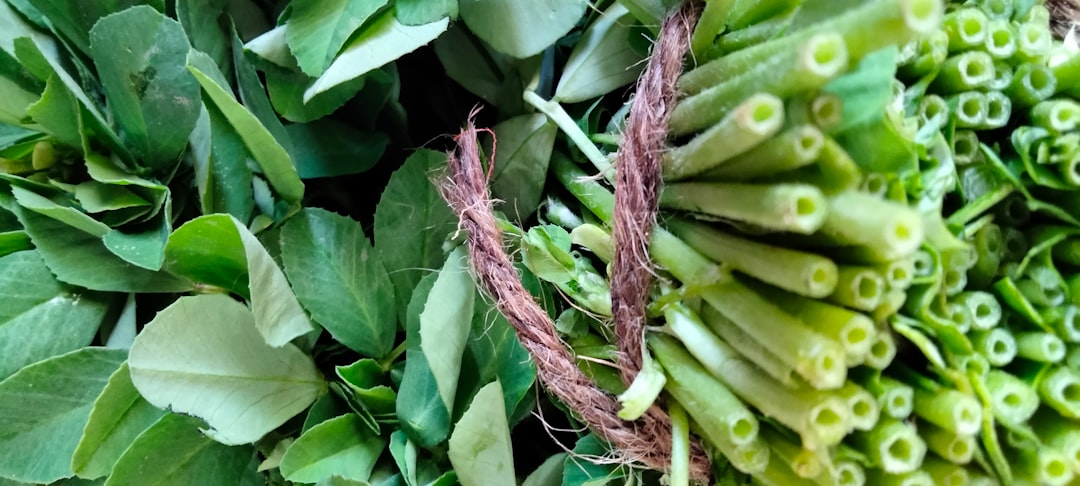What is it about?
Environmental pollution and climate change are global problems today. It is very important that chemicals are developed in environmentally friendly ways. One way to do this is by using bacteria that rely on carbon monoxide (CO) and carbon dioxide (CO₂) for nutrition. These bacteria can help make valuable chemicals from syngas, which contains CO and CO₂. In fact, this is commonly done with anaerobic bacteria. These are bacteria that cannot live in oxygen. But, it may be better to use aerobic bacteria (which need oxygen to live) to make products that need using more energy. In this paper, scientists looked at a particular aerobic bacteria, Oligotropha carboxidovorans strain OM5. They compared how the bacteria grew when relying on other sources for nutrition vs. when it nourished itself in presence of syngas. They found that the proteins needed to be self-sufficient were found more in presence of syngas. They could also make suitable genes appear in a controlled manner. This showed that O. carboxidovorans can be engineered to take up harmful gases to produce valuable chemicals.
Featured Image

Photo by Chris LeBoutillier on Unsplash
Why is it important?
Syngas is extremely harmful to our environment. This is because it releases higher CO₂ into air than burning fossil fuels. Unfortunately, syngas is also produced in large amount in industrial processes. While environmentally friendly ways are needed, we also need to remove the CO₂ already present in air. Studies have shown that microorganisms, such as bacteria, can help us. They essentially convert the polluting gases into biofuels. This study takes it further and shows that certain bacteria are more suited for this task. KEY TAKEAWAY: Producing biofuels with aerobic bacteria, such as O. carboxidovorans, can help us fight pollution and climate change.
Read the Original
This page is a summary of: Genetic Engineering of Oligotropha carboxidovorans Strain OM5—A Promising Candidate for the Aerobic Utilization of Synthesis Gas, ACS Synthetic Biology, May 2020, American Chemical Society (ACS),
DOI: 10.1021/acssynbio.0c00098.
You can read the full text:
Contributors
Be the first to contribute to this page










